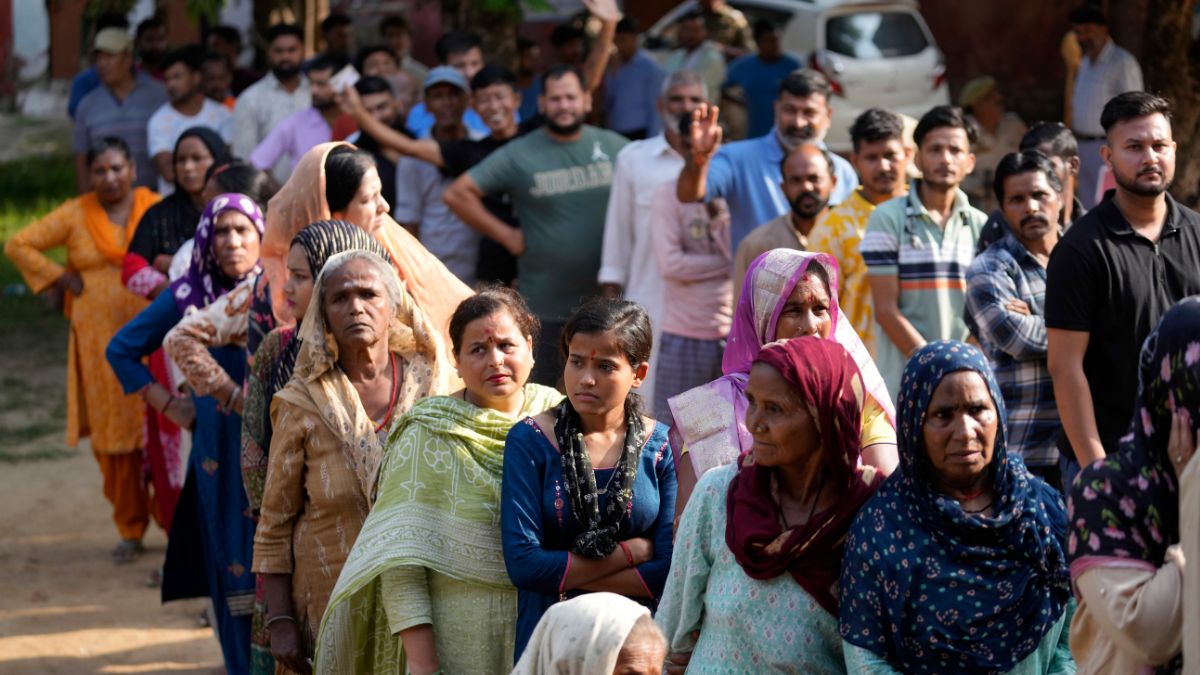Simultaneous polls could become a reality in India in the coming years. The Union Cabinet has given its nod to two bills required to implement the ‘One Nation, One Election’ proposal.
One of the bills is aimed at synchronising the tenures of the Lok Sabha and State Assembly elections, while the other bill proposes similar amendments for Delhi and other Union Territory Assemblies.
As per reports, the bills, which were cleared at a meeting chaired by Prime Minister Narendra Modi on Thursday (December 12), are likely to be introduced in the ongoing Winter Session of Parliament that ends on December 20. The government is interested in holding wider consultations on the bills and could send them to a parliamentary committee.
Let’s take a closer look.
What is ‘One Nation, One Election’?
The One Nation, One Poll (ONOP) is a proposal to conduct simultaneous elections at the national and state level.
The Bharatiya Janata Party (BJP) has long been demanding simultaneous elections. It is not a new idea either. In fact, the practice was applicable in India till 1967. However, as several state Assemblies were dissolved prematurely between 1968-69, it led to different polling cycles in those states.
In 1970, the Lok Sabha was dissolved a year ahead of schedule; mid-elections were held the next year. The cycle has since been broken.
Last September, the Centre established a committee, headed by former President Ram Nath Kovind, to analyse the feasibility of simultaneous polls to state Assemblies and the Lok Sabha.
This high-level committee (HLC) submitted its report supporting ONOP in March this year. Simultaneous polls will “transform the electoral process (and) governance” and “optimise scarce resources”, the panel, which also included Union Home Minister Amit Shah and Law Minister Arjun Ram Meghwal, said in the report.
The proponents of the idea argue the exercise will reduce “election expenses for both political parties and the government”. However, the opposition parties have slammed the proposal, with the Congress saying it would require “substantial changes to the basic structure of the Constitution”, further alleging that it went against the “guarantees of federalism” and would “subvert the parliamentary democracy.”
What has the Kovind panel suggested?
The Kovind-led panel recommended holding simultaneous polls for Lok Sabha and state Assemblies as the first step by 2029. It also backed holding municipal corporation and panchayat elections together, within 100 days of the simultaneous Lok Sabha and Assembly elections.
For this, constitutional amendments will be required. As the first step, it said that once the Parliament approves synchronising national and state Assembly elections, the ratification by the states will not be needed.
The second step will be to hold these elections together with the polls for Municipalities and Panchayats, which will be done in a way that the local body elections are held within 100 days of the Lok Sabha and Assembly polls. This constitutional amendment will need ratification by not less than one-half of the states.
What if Parliament passes ONOP bills?
The two bills need to be cleared by the Parliament for One Nation, One Election to become a reality.
The Kovind panel report recommended adding a new Article to the Constitution — Article 82A — to hold simultaneous elections.
If the panel’s roadmap is followed, then a new provision – Article 82 A(1) – will have to be inserted into the Constitution that states the President will notify the “appointed date” on the first sitting of the Lok Sabha after a general election.
Article 82A (2) states that state Assemblies elected after the “appointed date” will have a truncated term during the transition.
Government sources told Indian Express that if the Parliament passes these Bills without amendments, simultaneous elections can be held by 2034. This is because the “appointed date” can now be notified during the first sitting of the Lok Sabha elected in 2029, as the first sitting of the Lok Sabha elected in 2024 has already passed.
If ONOP becomes a reality, the Election Commission (EC) will have to buy a large number of Electronic Voting Machines (EVMs) and Voter Verifiable Paper Audit Trail (VVPAT) machines.
Speaking to Indian Express, a senior EC official said that the poll panel would at least require two-and-a-half to three years to double the number of EVMs to conduct simultaneous polls.
“Procurement of chips and other materials alone would take seven to eight months. Meanwhile, manufacturers like ECIL [Electronics Corporation of India Ltd] and BEL [Bharat Electronics Ltd] cannot produce such large quantities overnight; they will need to scale up their production capacity. So realistically, we are looking at a lead time of up to three years,” the official said.
The poll body had previously said that at least Rs 8,000 crore would be needed just to procure the EVMs and VVPATs for simultaneous polls.
With inputs from agencies


)

)
)
)
)
)
)
)
)



